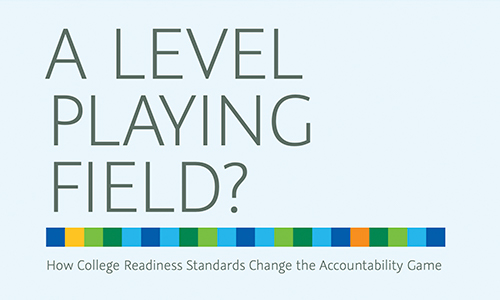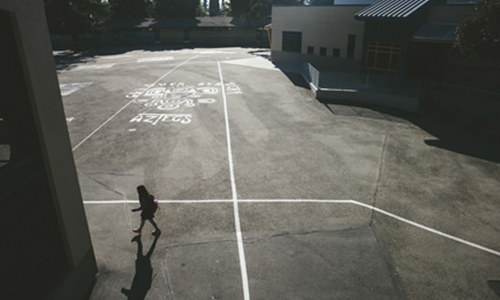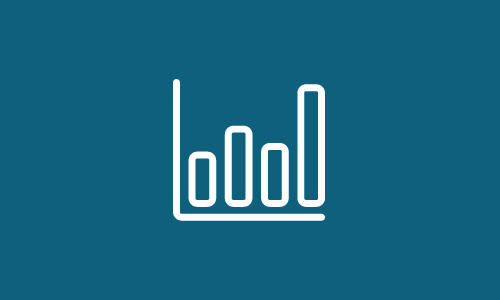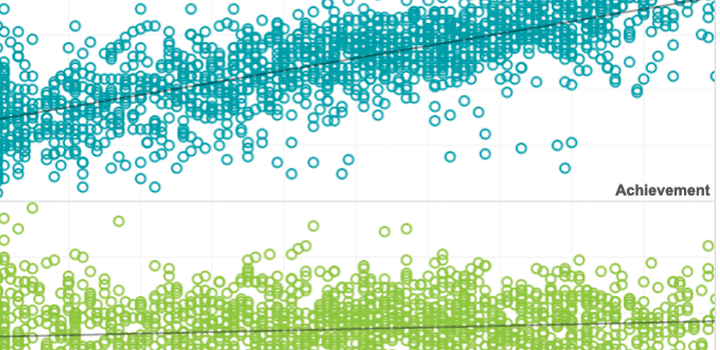Data visualization


Do high flyers maintain their altitude?
In the visualizations in this exhibit, you can compare the performance and growth of various groups of high achievers to that of their peers over multiple years.
By: Yun Xiang, Michael Dahlin, John Cronin, Robert Theaker, Sarah Durant
Topics: Equity, High-growth schools & practices


A level playing field: College readiness standards
Some of our assumptions about the growth and performance of students from high-poverty schools relative to their peers from wealthier schools may be challenged in this data gallery, where you can explore how school poverty level interacts with student growth, college readiness, and college access.
By: Michael Dahlin, Beth Tarasawa
Topics: Equity, College & career readiness


Evaluating the relationships between poverty and school performance
This visualization presents findings from our report Evaluating the Relationships Between Poverty and School Performance and gives you the chance to explore how your school site compares to schools from the sample.
By: Andrew Hegedus
Topics: Equity, High-growth schools & practices


College Explorer from NWEA® helps students, parents, and teachers develop pathways to higher education. This powerful tool links MAP® Growth™ scores with national benchmarks for colleges, universities, and even specific majors.
By: Greg King
Topics: Innovations in reporting & assessment, College & career readiness, High school


Explore this interactive map to learn more about some NWEA research partnerships.
By: Greg King


The MAP Growth Goal Explorer is designed to support and simplify the goal-setting process by showing a range of possible fall-to-spring growth goals against the backdrop of important academic benchmarks.
By: Dave Moyer
Topics: COVID-19 & schools, Empowering educators, Innovations in reporting & assessment


Achievement and growth tables for private schools
This interactive tool provides context on the typical patterns of achievement and growth in mathematics and reading for private and Catholic schools who take MAP Growth assessments. It provides multiple ways to examine patterns for different groups of students, including by student gender, race/ethnic group, region, and state.
By: Michael Dahlin, Art Katsapis
Topics: Innovations in reporting & assessment, Empowering educators


